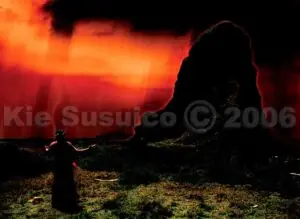
Kie Susuico
Kie Susuico is a graphic artist with an interest in art that began in childhood. Susuico credits his mother for the origins of his artistic

Kie Susuico is a graphic artist with an interest in art that began in childhood. Susuico credits his mother for the origins of his artistic
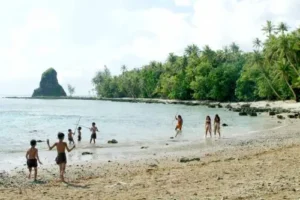
Fouha Bay, located just north of Humåtak on Guam’s southern west coast at the mouth of Fua River, holds thousands of years of meaningful history.
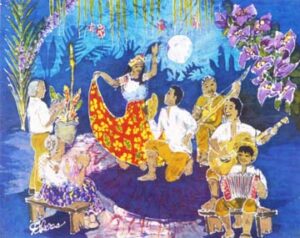
Judy Selk Flores, originally from Colorado, moved to Guam at age eleven when her parents accepted teaching jobs in 1957. The family was the first
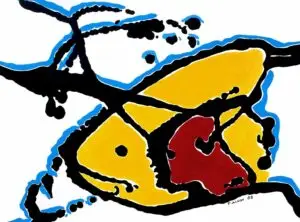
Filamore Palomo Alcon is a contemporary abstract artist who has produced his art for over twenty-five years. Alcon uses acrylics on canvas to create his
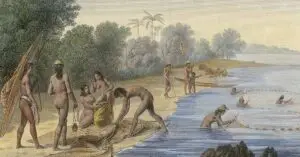
Since ancient times, Chamorro/CHamoru society has assigned both distinct and overlapping roles by gender. Both parents participate in family decisions, provide continuing support of their
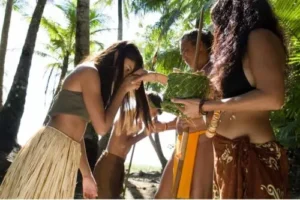
Parents and other elders are important in Chamorro/CHamoru family and culture. CHamorus gain respect and status as they age.
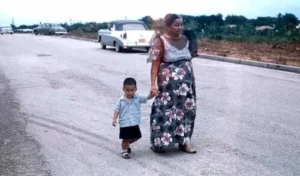
Poksai is a CHamoru verb meaning “to nurture.” It refers to the common Pacific Islander practice of informal adoption among extended family members.
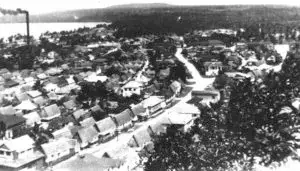
The Jose P. Lujan 1911 house in Hagåtña is listed on both the Guam and National Registers of Historic Sites. With so few prewar homes
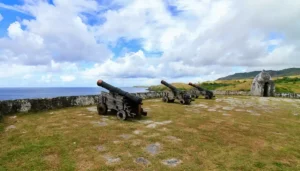
Fort Nuestra Señora de la Soledåd, or Fort Soledad, the last of four Spanish fortifications built in the village of Humåtak/Umatac, is located atop a
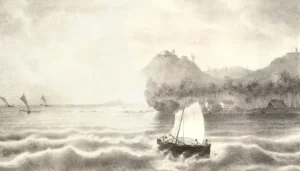
Fort Santo Angel was the second of four Spanish fortifications built in the southern village of Humåtak/Umatac in the midst of the galleon trade era.